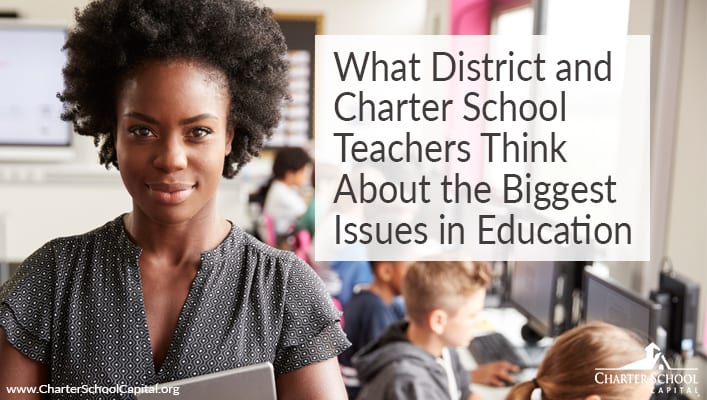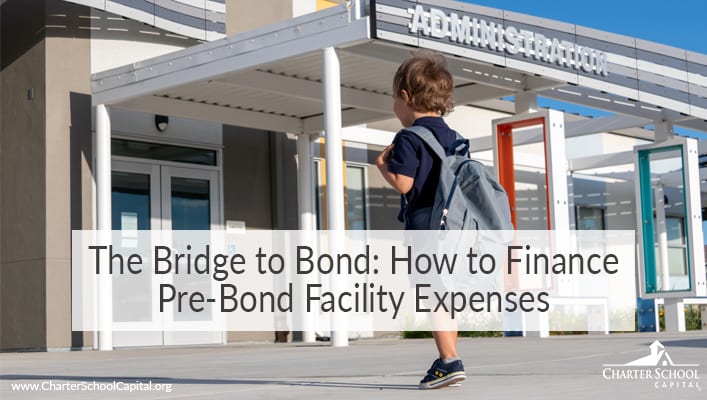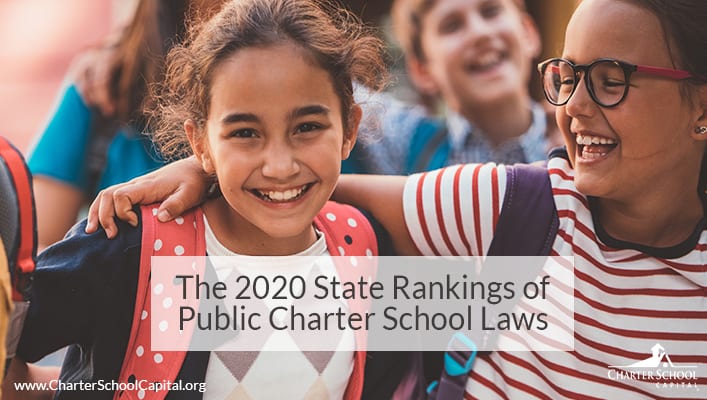 California State Legislature: February 2020 Update
California State Legislature: February 2020 Update
Friday, February 21st was the last day to introduce bills in the California State Legislature. The State Assembly saw over 1,500 measures introduced this year while the State Senate had over 700. These measures will now begin to have hearings scheduled in legislative policy committees. If they are passed out of the policy committee and have a fiscal impact then they will head to the Appropriations Committee.
Unlike last year, there has not been a lot of bills introduced that impact charter schools. Clearly, members of the Legislature and the administration believe that charter schools will have a tough enough time implementing SB 126, AB 1505 and AB 1507 from last year.
This year, only two bills have been introduced that are charter school-specific: SB 1423 which makes some changes to the Charter School Facility Grant Program and SB 1449 which is a charter school spot bill.
A spot bill is a measure that has not been fully amended yet but states that the intention of the bill is to change the charter school law in some manner. There are a plethora of bills that will be heard this year and I am attaching a matrix that will list a number of them, by bill number, and contains a short description of each bill’s contents.
As the year moves along and bills are amended and changed in the California State Legislature, we will keep you updated as to the measures that may impact charter schools.
Click to download the detailed list of bills here: 2020 California Legislature Bill List
 Since the company’s inception in 2007, Charter School Capital has been committed to the success of charter schools. We help schools access, leverage, and sustain the resources charter schools need to thrive, allowing them to focus on what matters most – educating students. Our depth of experience working with charter school leaders and our knowledge of how to address charter school financial and operational needs have allowed us to provide over $2 billion in support of 600 charter schools that have educated over 1,027,000 students across the country. For more information on how we can support your charter school, contact us. We’d love to work with you!
Since the company’s inception in 2007, Charter School Capital has been committed to the success of charter schools. We help schools access, leverage, and sustain the resources charter schools need to thrive, allowing them to focus on what matters most – educating students. Our depth of experience working with charter school leaders and our knowledge of how to address charter school financial and operational needs have allowed us to provide over $2 billion in support of 600 charter schools that have educated over 1,027,000 students across the country. For more information on how we can support your charter school, contact us. We’d love to work with you!




 2020 Florida Legislative Season Mid-Session Update: Teacher Salaries and Retention
2020 Florida Legislative Season Mid-Session Update: Teacher Salaries and Retention The 2020 Ranking of Public Charter School Laws
The 2020 Ranking of Public Charter School Laws